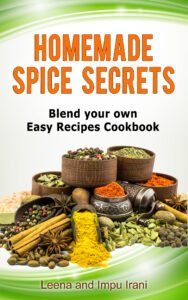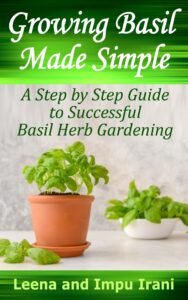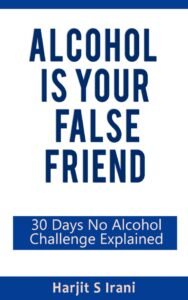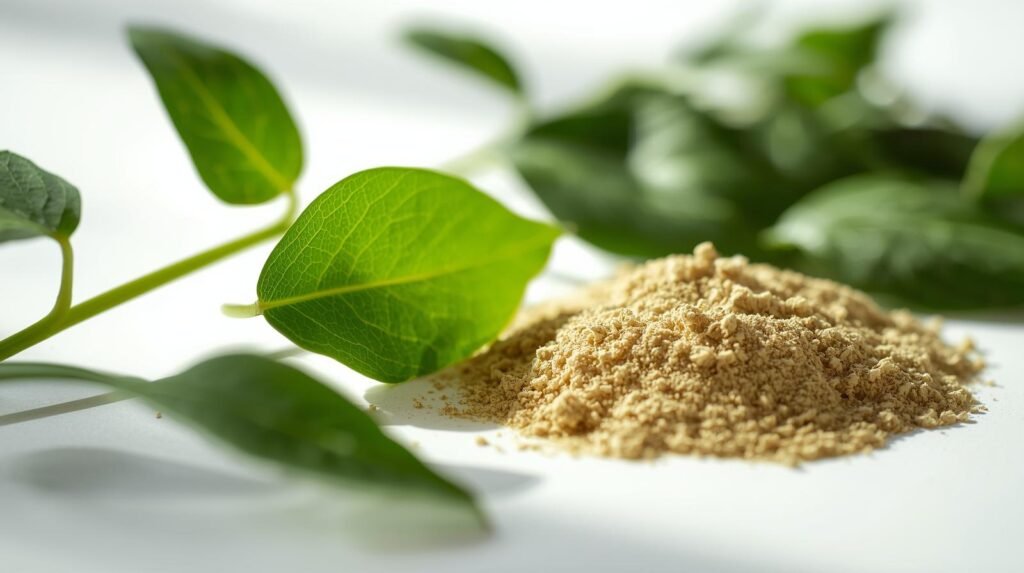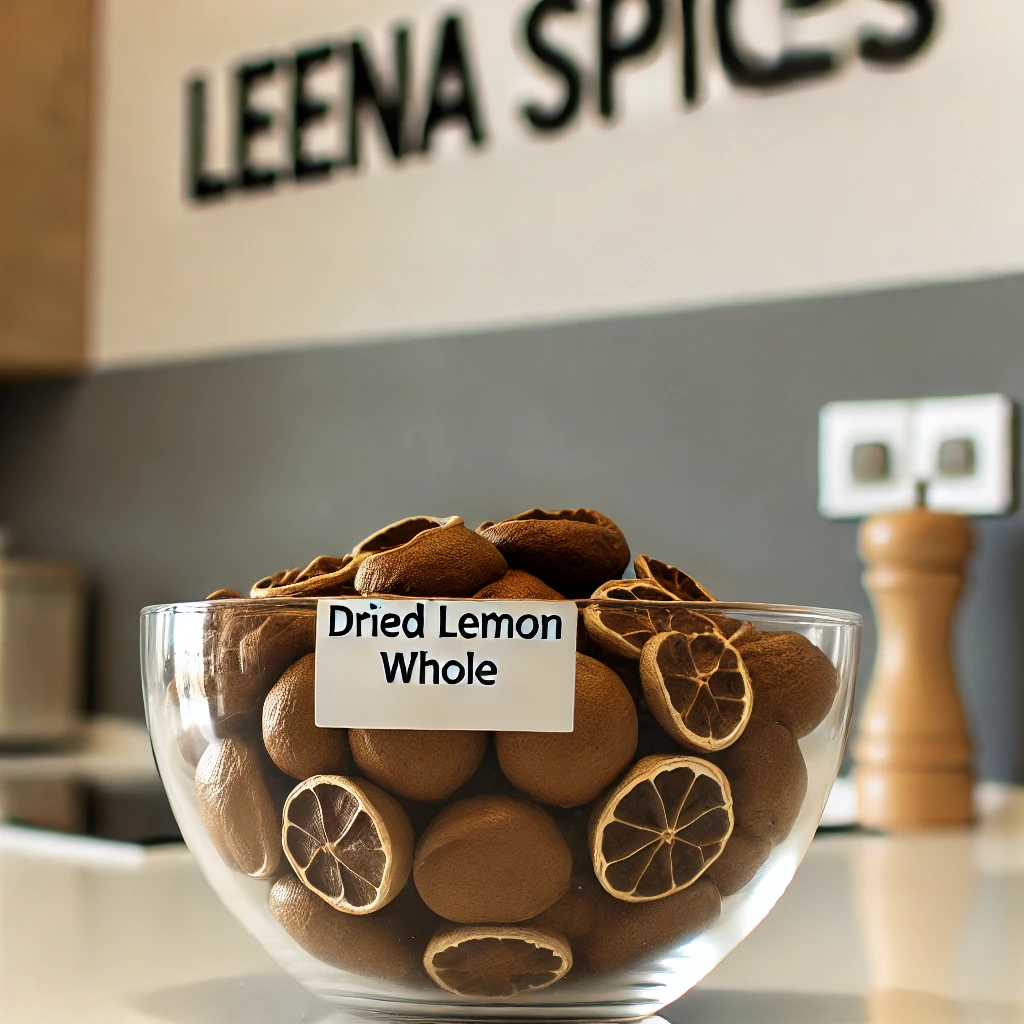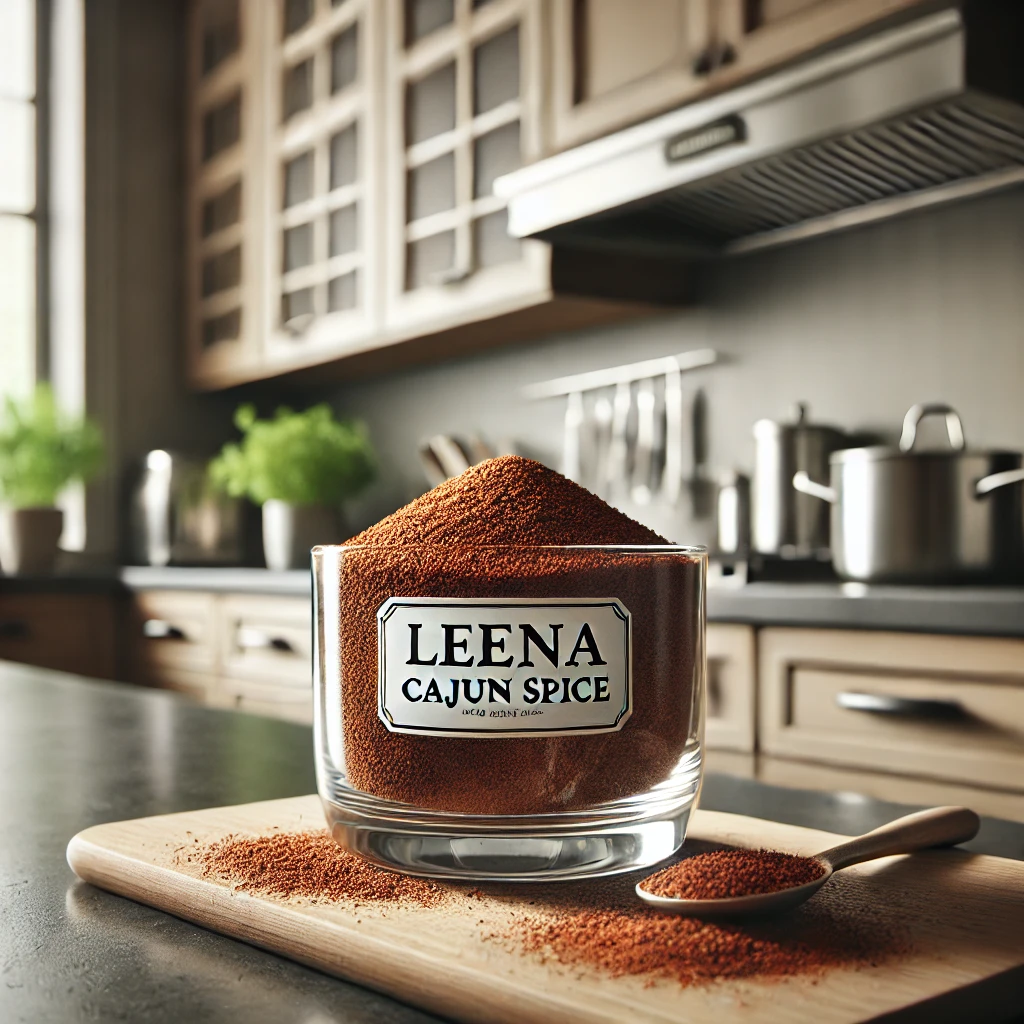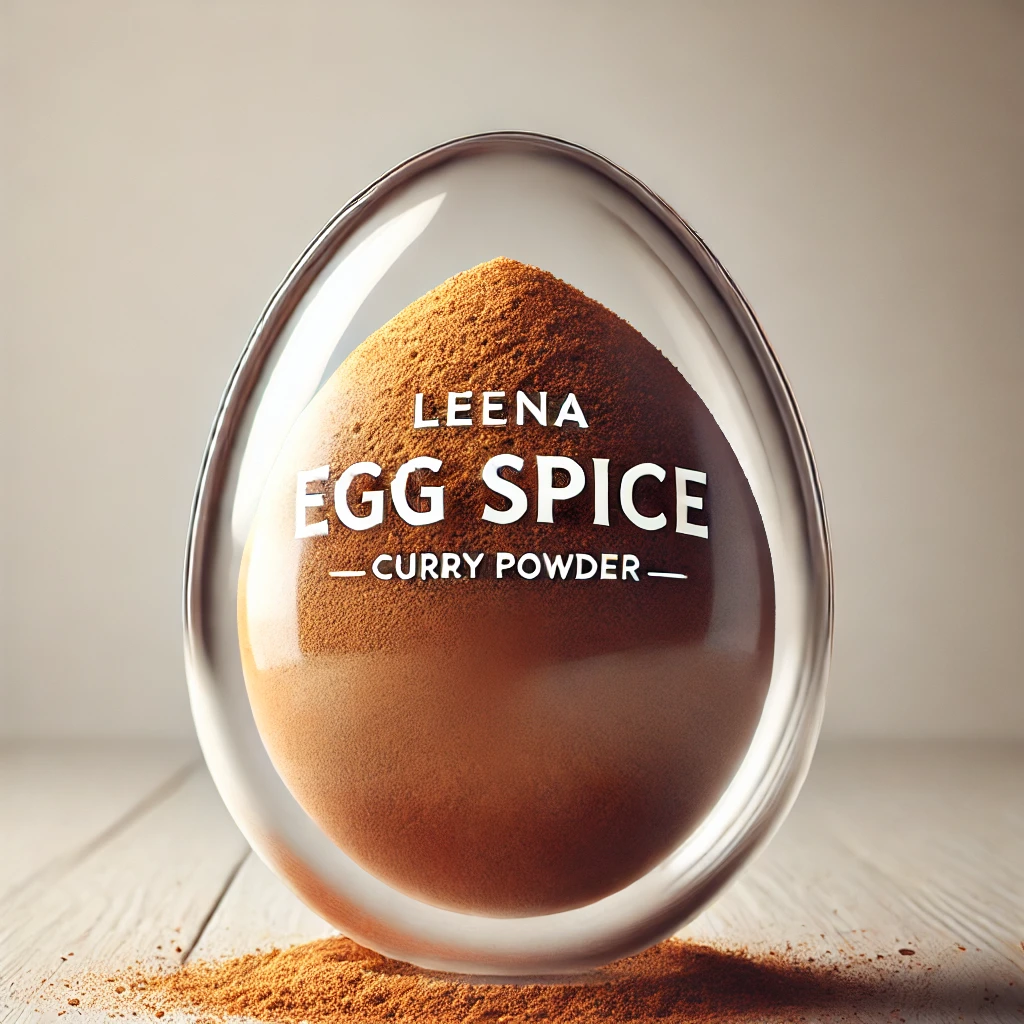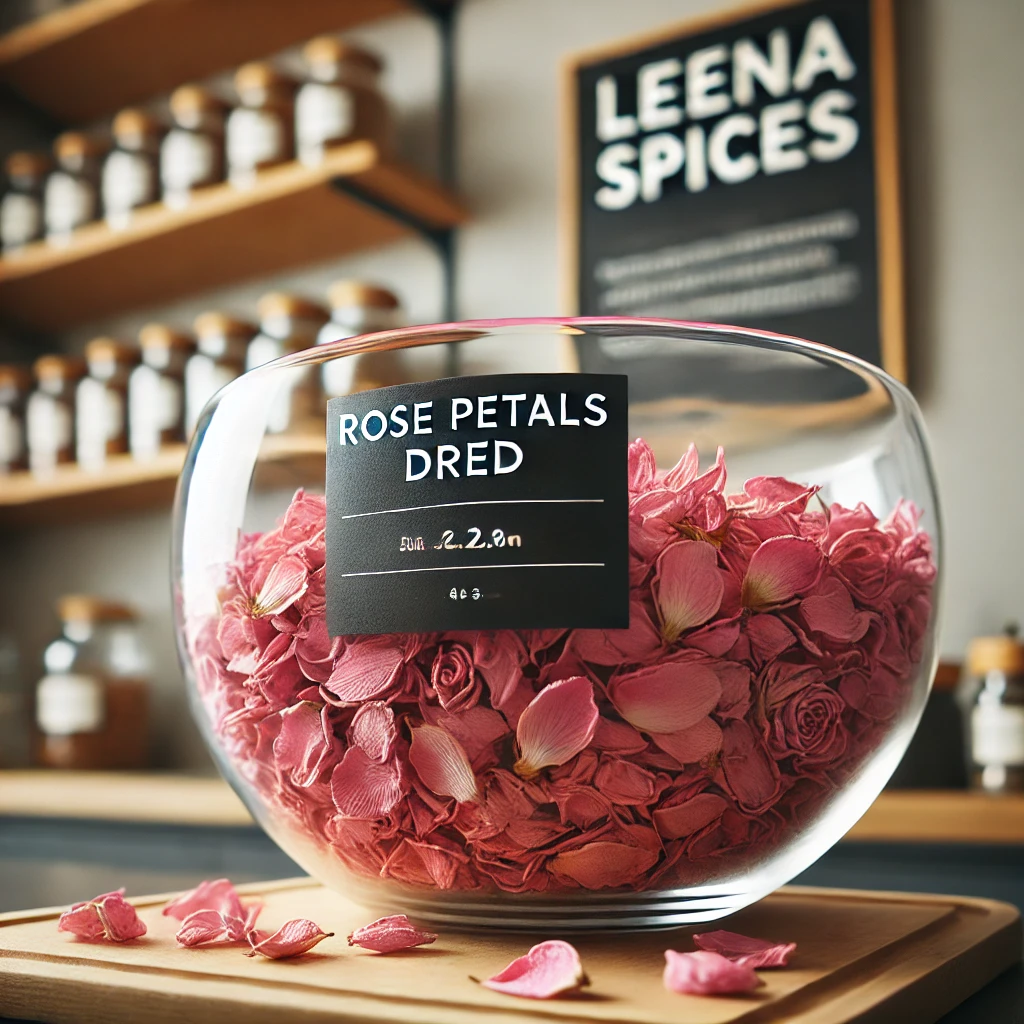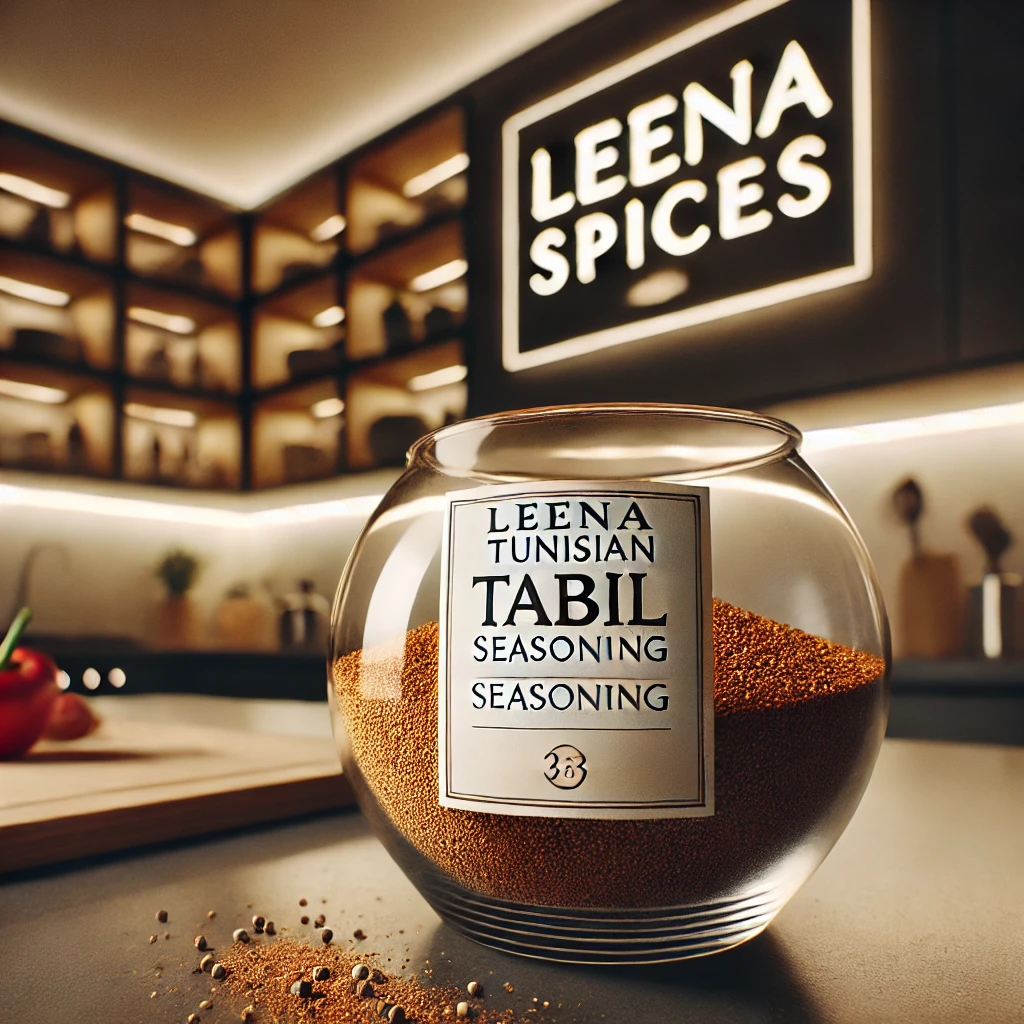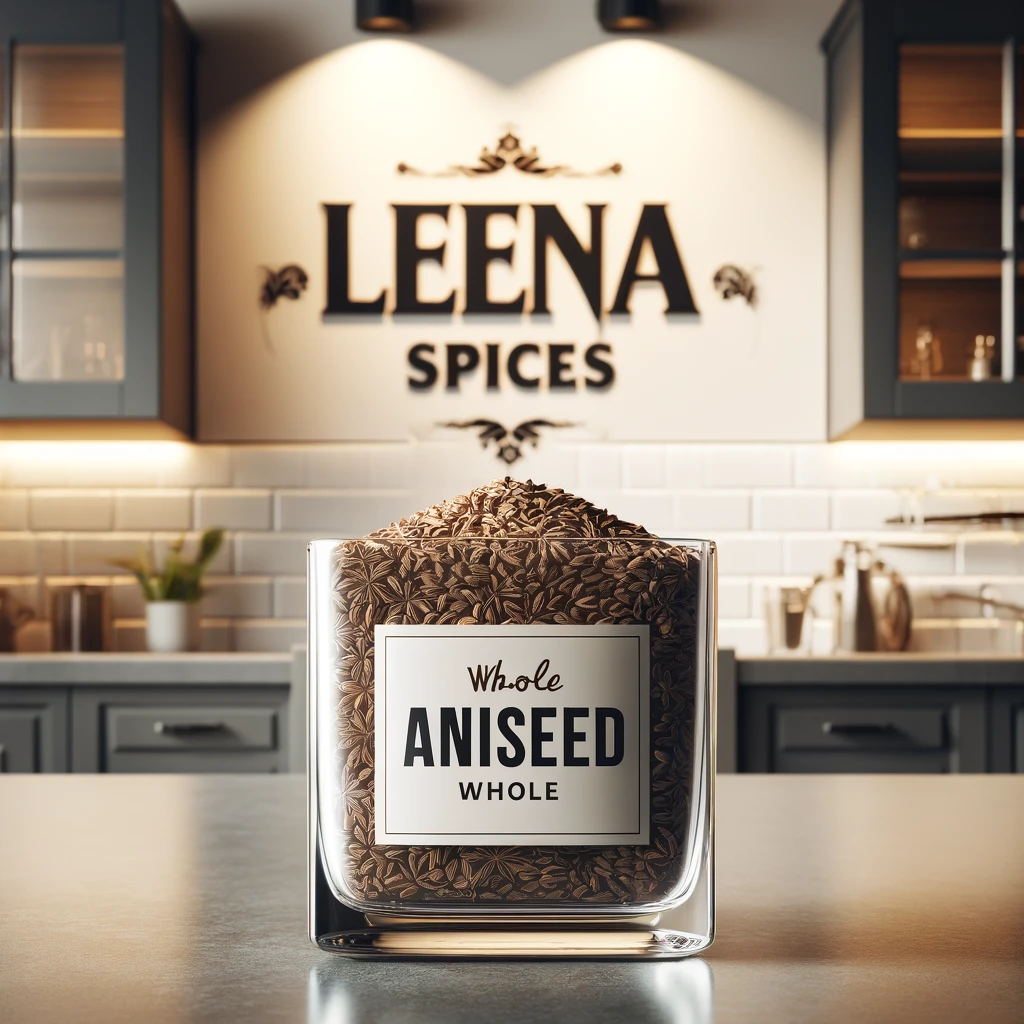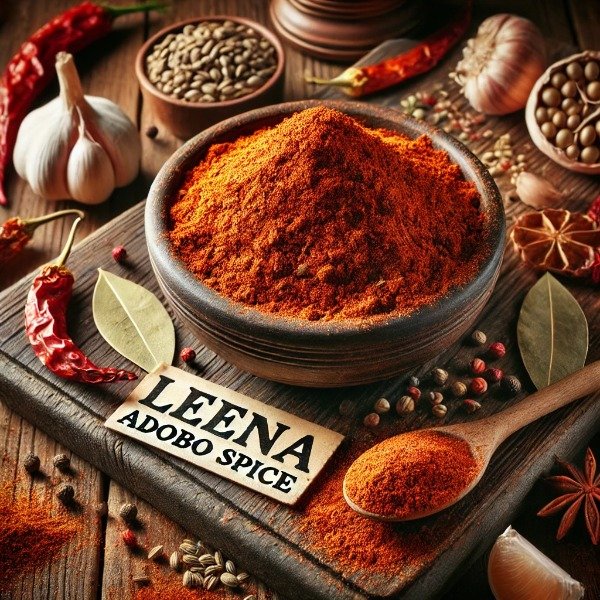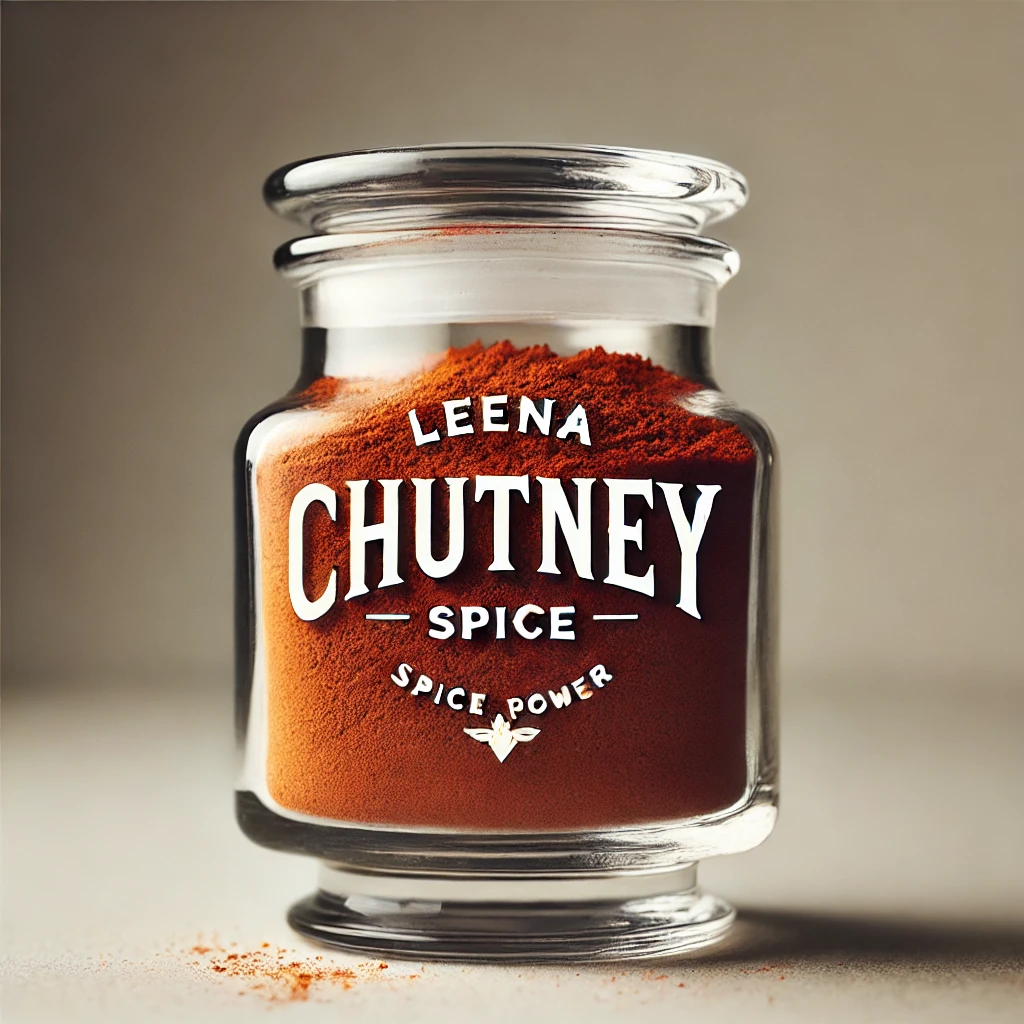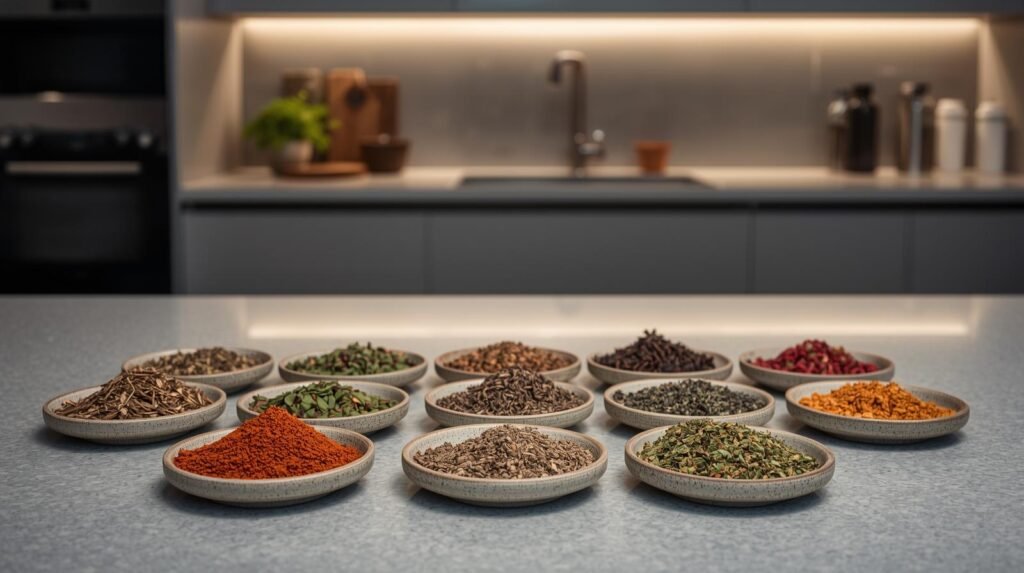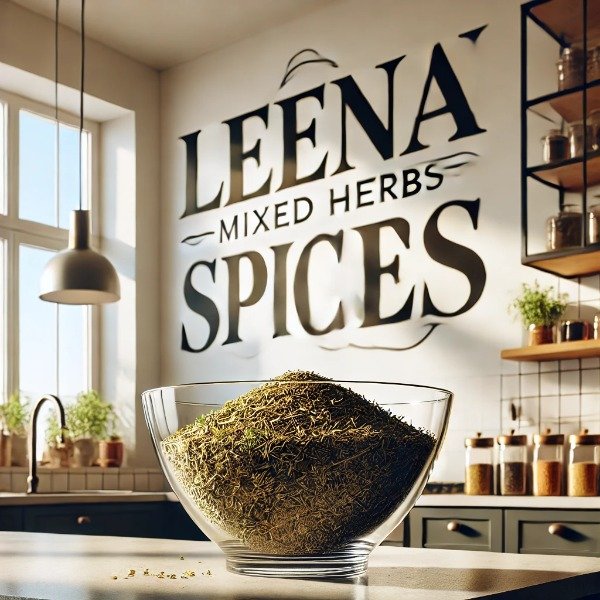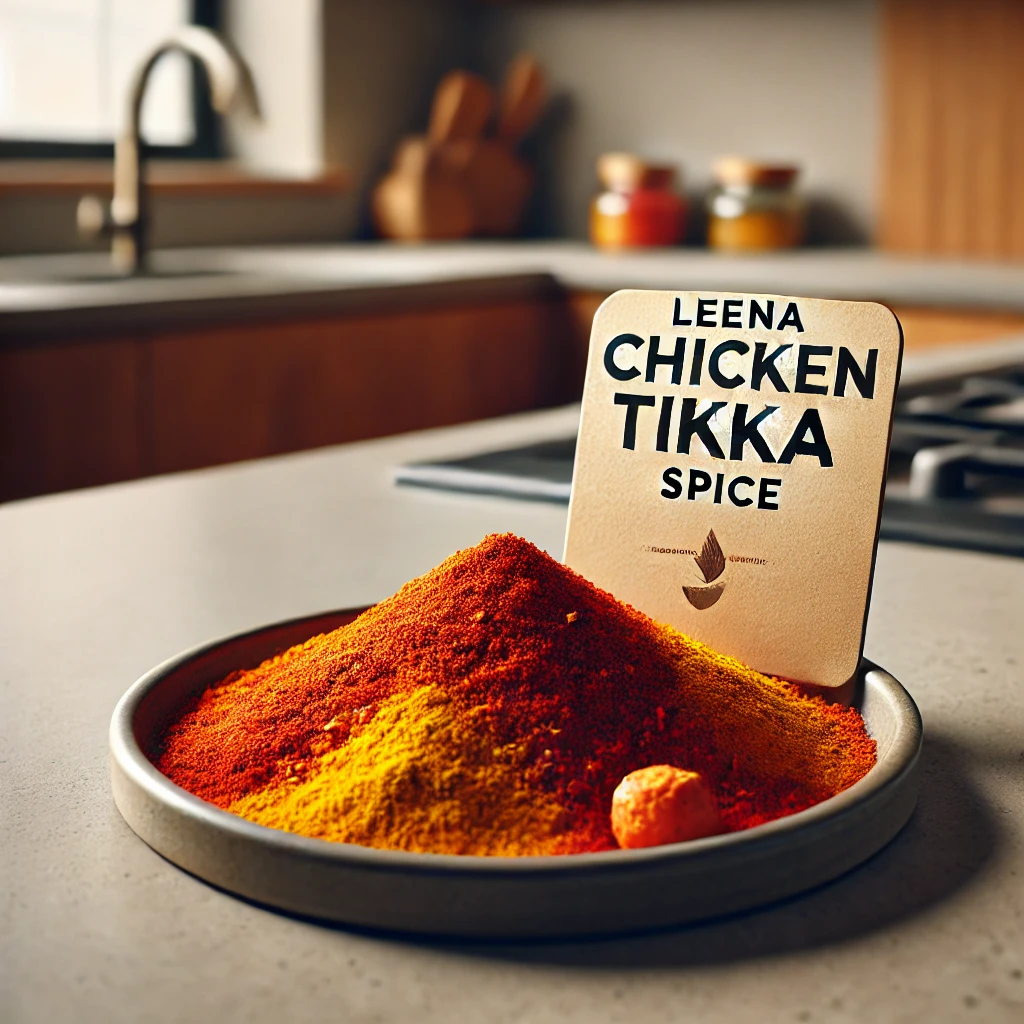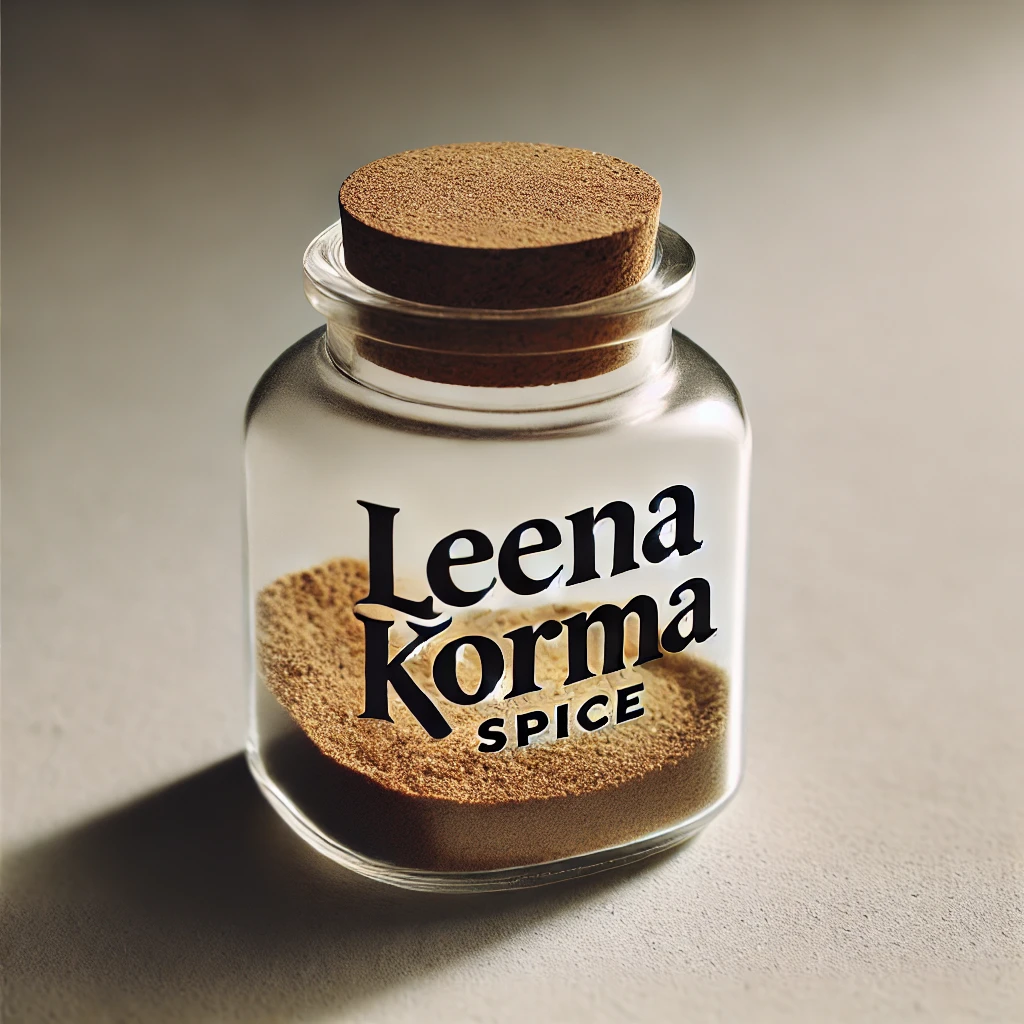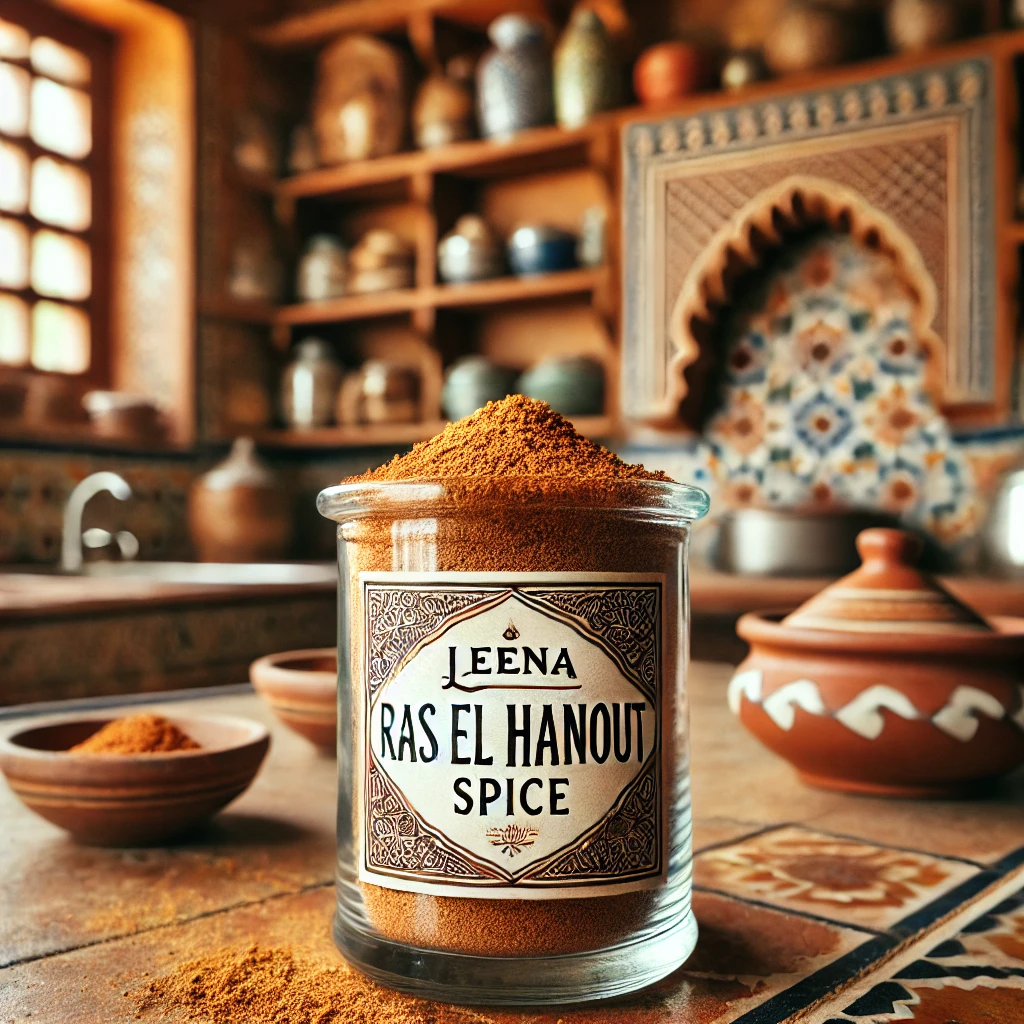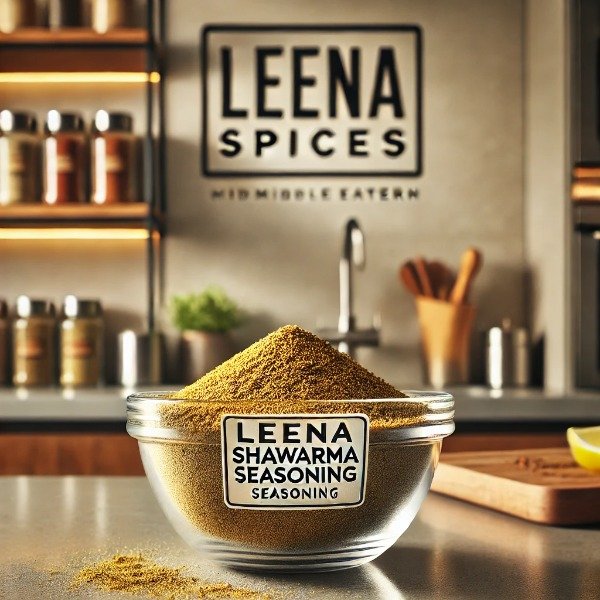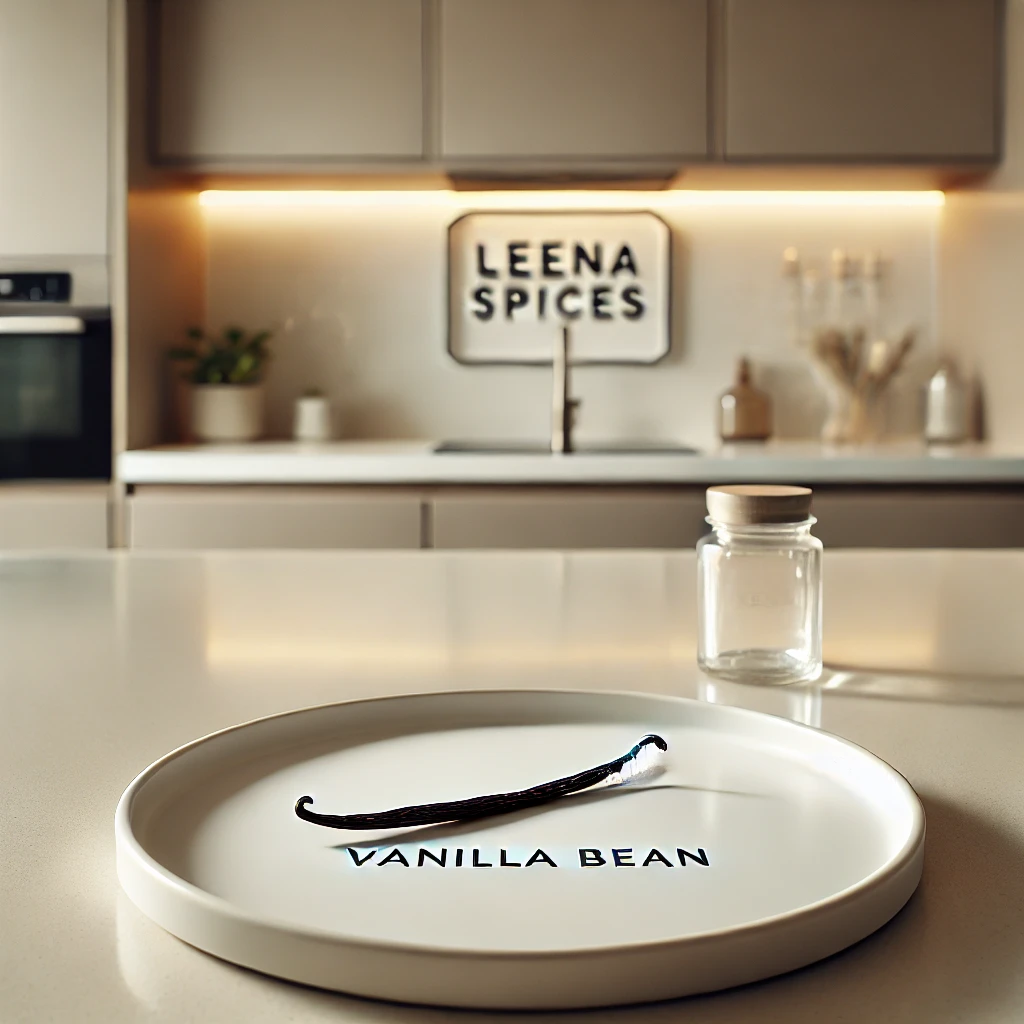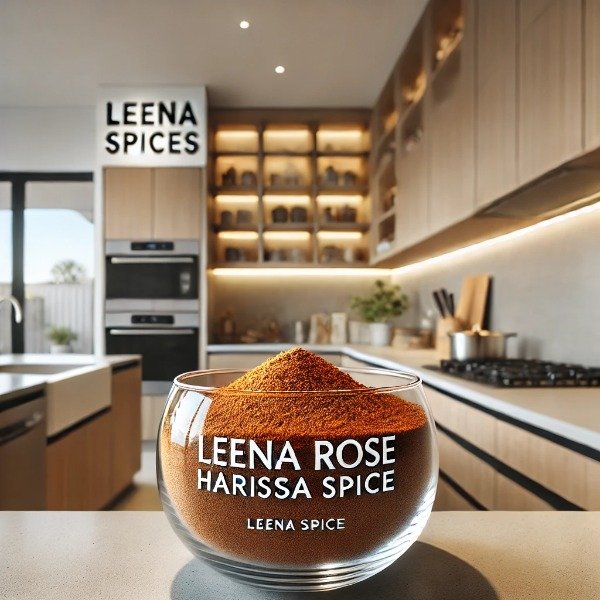Do Cinnamon Sticks Go Bad?
Cinnamon, derived from the inner bark of cinnamon trees, is a dried spice that naturally boasts a long shelf life. However, like many pantry items, it is still vulnerable to environmental elements such as moisture, light, and air exposure, which can gradually diminish its quality.
Although aged cinnamon sticks won’t become harmful or make you ill, they can lose their signature warm, aromatic flavor over time. Instead of delivering that rich, comforting spice, older sticks may yield a dull or muted taste.

Understanding the Shelf Life of Cinnamon Sticks
Cinnamon sticks are often considered a pantry staple precisely because of their impressive longevity. While they don’t spoil in the traditional sense like fresh produce or dairy, their potency does fade gradually. With proper storage, though, their freshness can be maintained for one or two years.
But if you have had a jar tucked away in your pantry for a while, you might start to wonder: Do cinnamon sticks go bad?
The short answer is yes, but not in the way that perishable foods like dairy or produce do. Cinnamon sticks do not spoil or become unsafe to consume. Instead, they gradually lose their potency, flavor, and aroma over time.
However, like all spices, cinnamon sticks are sensitive to their environment. Factors such as light, moisture, air exposure, and heat can accelerate the loss of their essential oils. These oils are compounds that are responsible for that distinct cinnamon scent and taste.
Can Cinnamon Sticks Go Bad?
Cinnamon sticks do not typically “go bad” in the sense of becoming unsafe to consume, as their low moisture content naturally inhibits bacterial growth. However, improper storage conditions can lead to mold development.
To ensure your cinnamon sticks remain fresh and aromatic, store them properly. Always check for visual changes before use to guarantee quality and effectiveness in your cooking.
How to Tell If Cinnamon Sticks Have Gone Bad?
To check whether your cinnamon sticks are still fresh and flavorful, you can perform a simple test. Look for the following signs:
Color
Fresh cinnamon sticks typically have a rich, warm brown hue. Faded or dull coloring may indicate age and a decline in essential oil content.
Discoloration
If cinnamon sticks have been exposed to moisture, they may develop visible mold or unusual dark spots. Any signs of mold indicate spoilage, and the sticks should be discarded immediately to avoid contamination.
Aromatic Strength
A good-quality cinnamon stick should be firm and hard. Fresh cinnamon sticks should break with a satisfying snap. If they bend, feel soft, or crumble too easily, they have absorbed moisture and deteriorated.
Smell
Gently break a stick and take a deep sniff. A fresh cinnamon stick should release a rich, warm, and spicy aroma. If the scent is weak or missing entirely, it is a clear sign that the stick has lost its potency and should be replaced.
Flavor
For a more conclusive test, simmer a small piece in hot water. If the flavor is weak or flat, it is a sign the stick has lost its effectiveness.
When using older sticks, it’s wise to test them in a small batch before using them into larger or more delicate dishes.
How Long Do Cinnamon Sticks Last?
Cinnamon sticks can maintain their flavor and aroma for one to two years when stored properly. However, their longevity depends on several factors, including the variety—such as Ceylon (true cinnamon) versus cassia. Also it depends on their exposure to air, light, and heat, as well as how frequently they are used.
To maximize their shelf life store cinnamon sticks in an airtight container, away from direct sunlight and heat sources.
How to Store Cinnamon Sticks for Maximum Freshness
Proper storage is critical to extending the shelf life of cinnamon sticks Follow these tips, as outlined in our storage guide, to keep your spices fresh.
Use Airtight Containers
To preserve the rich aroma and flavor of cinnamon sticks, store them in airtight glass or metal containers. These materials help protect the essential oils from air exposure, which can degrade the spice over time. Avoid using plastic bags, as they can trap moisture and increase the risk of mold development.
When stored properly in a sealed jar and kept in a cool, dark pantry, cinnamon sticks can remain fresh and aromatic for up to two years.
Keep Away from Heat and Humidity
Heat and humidity can significantly diminish the flavor and aroma of cinnamon sticks. To preserve their potency, store them in a cool, dark place—such as a cupboard away from the stove or other heat sources. Avoid humid environments, as excess moisture can lead to mold growth, making the sticks unsuitable for use.
Label and Date
For optimal freshness, label your cinnamon stick containers with the purchase date. This simple step helps you track their age and ensures you are using them at their peak potency.
How to Revive Old Cinnamon Sticks
If your cinnamon sticks have aged but are still free from spoilage, you can try the following methods to enhance their flavor:
Lightly Toast
- Warm the sticks in a dry skillet over medium heat for 1–2 minutes. This helps release and awaken the essential oils, boosting their aroma.
Use in Long Infusions
- Incorporate the sticks into recipes that require extended simmering or boiling, such as in milk, tea, or broth. The prolonged heat allows more flavor to be extracted.
Grind and Blend
- Grind the sticks into powder and combine with other spices to create a balanced, flavorful spice mix.
While these methods won’t fully restore the cinnamon sticks to their original potency, they can still contribute a pleasant warmth and subtle aroma to your dishes.
how do I use old cinnamon sticks?
Old cinnamon sticks can still be put to good use by grinding them into powder—whether for cooking, baking, or home projects—provided they meet a few key conditions. Knowing when and how to grind them, along with what to expect in terms of flavor and texture, helps you get the most out of every stick.
When to Grind Old Cinnamon Sticks?
Grinding old cinnamon sticks is a practical option under the following circumstances:
Dry and Mold-Free
The sticks should be completely dry and free from any signs of mold, moisture, or a musty smell. These signs indicate spoilage and make them unsuitable for use.
Retained Aroma
Even a mild scent suggests the presence of remaining essential oils. Grinding can help release these oils, bringing out any lingering flavor.
Appropriate for Long-Cooked Recipes
Ground cinnamon from older sticks works best in recipes that require extended cooking times, such as baked goods, stews, or spiced bevarages, allowing flavors to fully infuse.
How to Grind Old Cinnamon Sticks
To effectively transform old cinnamon sticks into powder, follow these steps:
- Break into Smaller Pieces: Use a rolling pin, mortar and pestle, or simply your hands to break the sticks into smaller, manageable fragments. This makes the grinding process easier and more efficient.
- Grind into Powder: Place the broken pieces into a spice grinder, coffee grinder, or high-speed blender. Pulse the device until the cinnamon is ground into a fine powder.
- Sift for Consistency: If the ground cinnamon contains larger, coarse particles, sift it through a fine mesh sieve to achieve a smoother and more uniform texture.
What to Expect from Ground Old Cinnamon Sticks
When using older cinnamon sticks, consider the following points:
Reduced Flavor Intensity: Older cinnamon sticks tend to have a milder flavor compared to fresh ones. To achieve the desired taste, you may need to use a larger amount in your recipes.
Textural Differences: Especially with cassia cinnamon, the ground powder may be slightly coarser or fibrous, and not as finely textured as store-bought cinnamon.
Alternative Uses for Flavorless Cinnamon
If ground cinnamon has lost its aroma and flavor, it is no longer suitable for cooking or baking. However, you can still put it to good use in various non-food applications, such as:
• Crafts
- Incorporate the powder into decorative projects or homemade ornaments to add natural texture and scent.
• Potpourri
- Blend it with dried flowers and herbs to create a warm, inviting fragrance for your home.
• Home Fresheners
- Use in sachets, simmer pots, or DIY air fresheners to gently scent your living spaces.
By following these suggestions, you can extend the usefulness of old cinnamon sticks and enjoy their pleasant aroma in both your kitchen and around the house.
Can You Freeze Cinnamon Sticks?
While freezing can extend the shelf life of many spices, cinnamon sticks are naturally shelf-stable and do not require refrigeration or freezing under normal conditions.
Prolonged exposure to moisture in a freezer environment can compromise their crisp texture and aromatic potency. To minimize this risk, specific precautions should be taken during storage.
How to Freeze Cinnamon Sticks Effectively
If you choose to freeze cinnamon sticks for long-term storage, follow these steps to help preserve their quality:
Use Vacuum-Sealed Bags: Seal the cinnamon sticks in vacuum-sealed bags to limit exposure to air and moisture, both of which can degrade aroma and flavor over time.
Label and Date: Clearly label each bag with the date of freezing. This helps you track how long they have been stored and ensures they are used while still at their best.
Store Properly: Place the bags in a stable, cold section of the freezer, away from areas prone to temperature fluctuations.
How to Thaw Frozen Cinnamon Sticks Properly
When ready to use the frozen cinnamon sticks, proper thawing is essential to preserve their flavor and texture:
Thaw at Room Temperature: Remove the sticks from the freezer and let them thaw in a dry, room-temperature environment. Avoid humid conditions, as moisture can compromise the quality of the spice.
Inspect Before Use: Once thawed, check the sticks for any signs of moisture damage, discoloration, or off odors. If they appear compromised, it is best to repurpose them for non-food uses, such as potpourri or homemade air fresheners.
By following these steps, you can safely freeze and thaw cinnamon sticks with minimal quality loss, helping to ensure they remain flavorful and suitable for cooking and baking.
Frequently Asked Questions About Cinnamon Sticks
What is the difference between Ceylon and cassia cinnamon sticks?
Ceylon cinnamon, often referred to as ‘true cinnamon,’ is softer in texture, lighter in color, and known for its mild, sweet flavor. In contrast, Cassia cinnamon is harder, darker, and offers a bolder, spicier taste.
What is the Shelf Life of Cinnamon?
When stored properly in an airtight container and kept in a cool, dark environment, cinnamon sticks can maintain their flavor and aroma for up to one to two years. While both Ceylon and Cassia cinnamon generally have similar shelf lives under optimal conditions, Ceylon cinnamon—being more delicate—may lose its potency slightly faster than the more robust Cassia variety. Exposure to air, light, or heat can further accelerate the loss of flavor in both types, making proper storage essential for preserving quality.
Can cinnamon sticks grow mold?
Yes, cinnamon sticks can develop mold if they are exposed to moisture or stored in humid conditions. To ensure safety and quality, always inspect the sticks for any visible signs of mold or a musty odor before use. If contamination is suspected, it’s best to discard the affected sticks to prevent contamination.
Is it safe to use cinnamon sticks that have lost their flavor?
Flavorless cinnamon sticks are generally safe to use as long as they show no signs of mold or spoilage. However, due to their diminished aroma and taste, they are less effective in culinary applications and are better suited for non-edible uses such as crafts or potpourri.
Can I use cinnamon sticks past their best-by date?
Yes, you can reuse cinnamon sticks if they still appear intact and retain their aroma. However, keep in mind that the flavor will likely be milder with each use.
How can I revive old cinnamon sticks?
To enhance the flavor of older cinnamon sticks, you can lightly toast them in a dry skillet for 1–2 minutes. This gentle heat helps release some of their natural oils, reviving a bit of their aroma and flavor. However, it’s important to note that this method will not fully restore their original potency.
Can I grind old cinnamon sticks?
Yes, you can grind old cinnamon sticks into powder, but the resulting spice may lack the robust flavor of fresh cinnamon. Lightly toasting the sticks beforehand can help release some of their remaining oils and enhance the aroma.
Should I store cinnamon sticks in the fridge?
No, cinnamon sticks should not be stored in the refrigerator, as the moisture can cause them to lose their potency or develop mold. Instead, keep them in an airtight container in a cool, dry pantry away from direct light and heat.
Can I freeze cinnamon sticks to extend their shelf life?
Although freezing cinnamon sticks is not typically necessary due to their naturally long shelf life, it is an option if you want to extend their freshness. Store them in vacuum-sealed bags to protect against moisture and freezer odors. When ready to use, thaw at room temperature and inspect for any signs of deterioration before adding them to your recipes.
